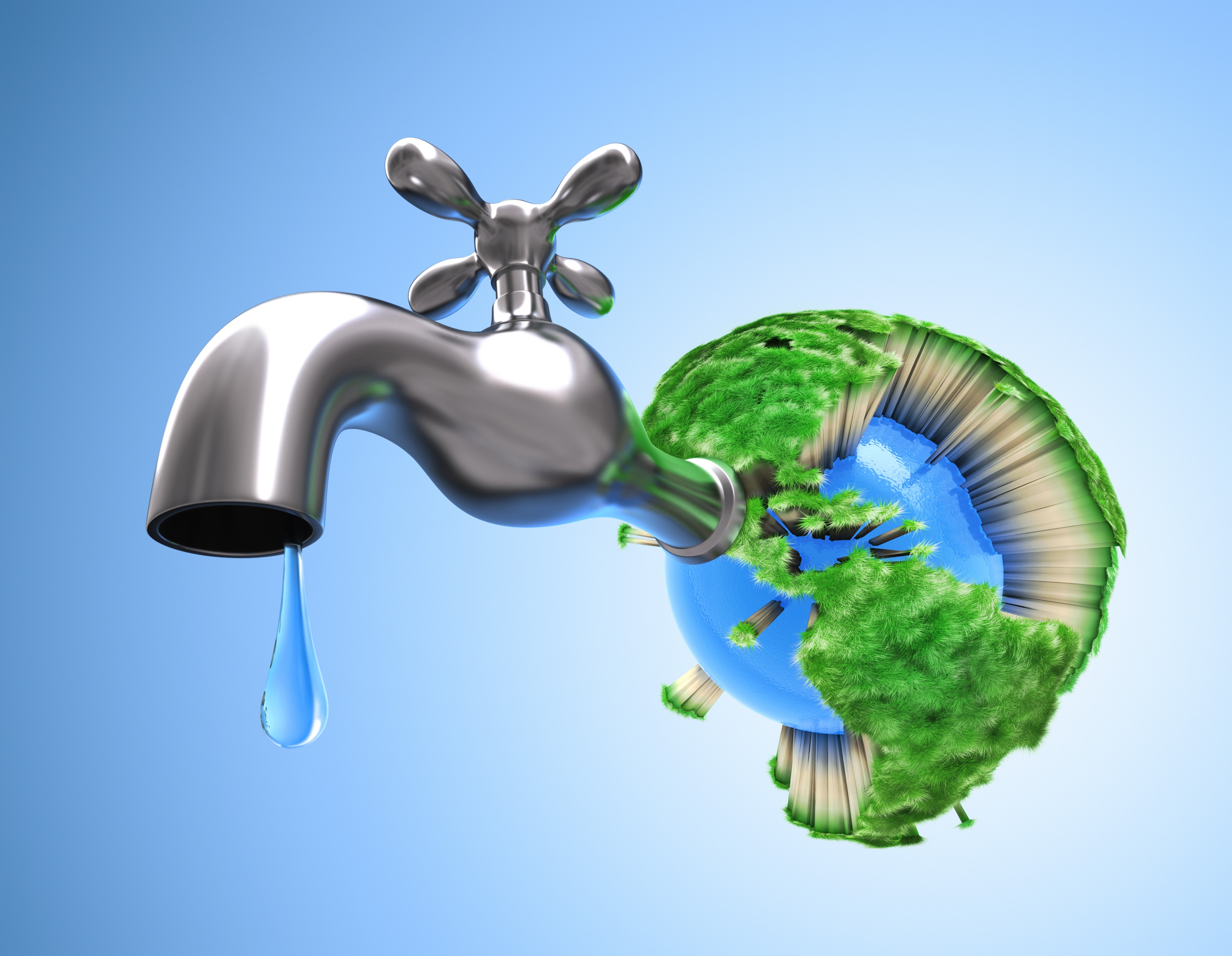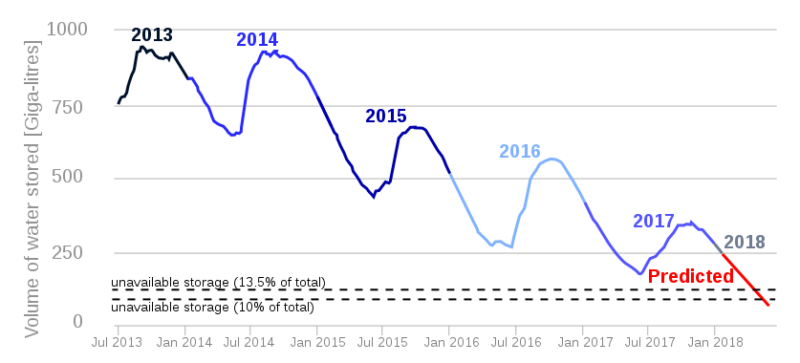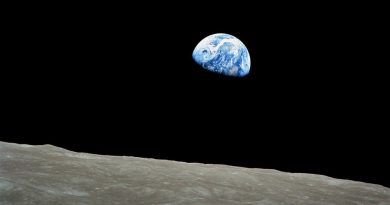India’s Water Challenges make Cape Town travails look ‘normal’


Cape Town has been in the news recently, for the water crisis the city has been facing. The good news is that latest deadline for day ‘zero’ or the day when citizens will face formal shut down of tap water and water rationing, is now July 9, thanks to an improvement in the situation. In fact, in al probability, it does look like day zero might be avoided altogether, as the rains should come in well before July with luck.
However, while Cape Town grabbed headlines, it is instructive for us in India to realize that large segments of our people are already living the day zero life. After all, on day zero, the town’s citizens were due to get a rationed supply of 25 litres per head. In fact, in many ways, it is worse than that here, as even the little water some citizens have access to is not safe for drinking.
People who quote per capita consumption figures to show that the situation is not so bad are living in a deluded world, as our consumption figures are horrendously distorted by the stark income disparities, allowing a privileged few to live off the sacrifices of a large majority below them. In fact, a survey we did across select localities in the NCR region makes it clear that in many large shanties and other clusters in cities, the per capita consumption is already well below the 25 litres mark. A situation we expect to be repeated across urban clusters especially across the country.
That calls for a fresh approach and urgency to how we manage our water resources. A reality check puts things in perspective.
This country has less than 2.5% of the world’s land area, to support 15% of the population.
80% plus of our fresh water is still used in agriculture, a function perhaps of the fact that over 60% of the population remains dependent on agriculture.
After spends of over $100 billion at current prices on irrigation projects, we have managed to cover barely 45%o the total arable land with reliable irrigation.
Damning still is the fact that despite the construction of 4,525 large and small dams, the country has managed to create per capita storage of only 213 cubic meters; compared to 6,103 cubic meters by Russia; 4,733 cubic meters by Australia; 1,964 cubic meters by the US; and China’s 1,111 cubic meters
The answer is clear. Central planning has failed the country and its citizens when it comes to this precious resource. There is a massive need to focus on increasing local involvement into the conservation, creation and managing in a sustainable way, our water resources. The tools already exist in terms of local self governing bodies, knowledge and the will to manage their destiny.
The love for large capital intensive projects with poor outcomes and ‘managed’ feasibility studies needs to be thrown away. We have no more time to waste. And even less to allow our water to go to waste.




